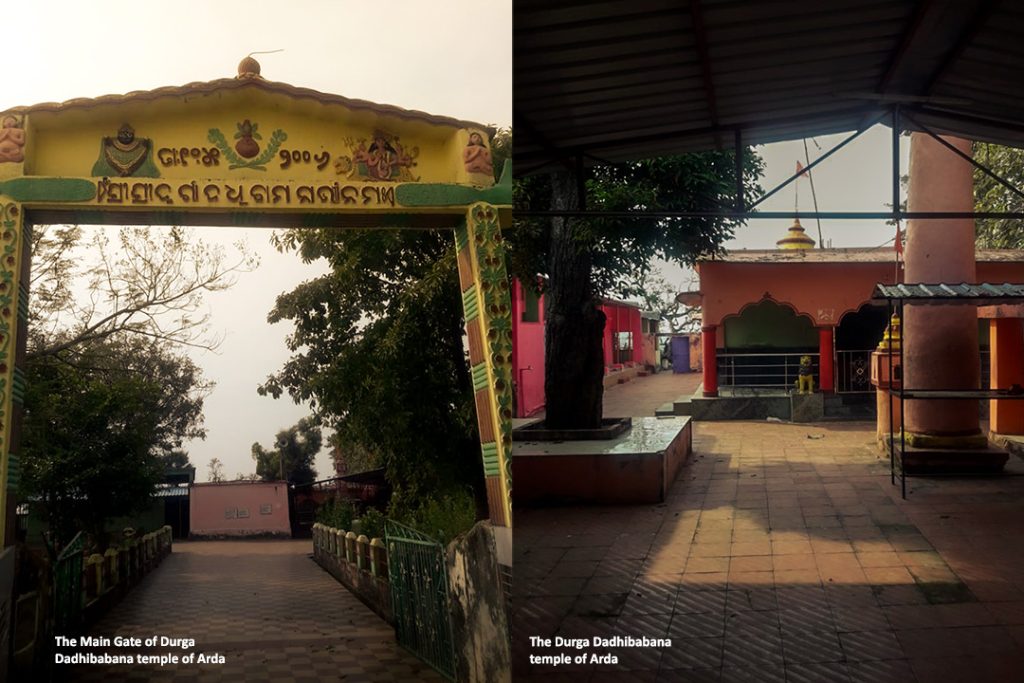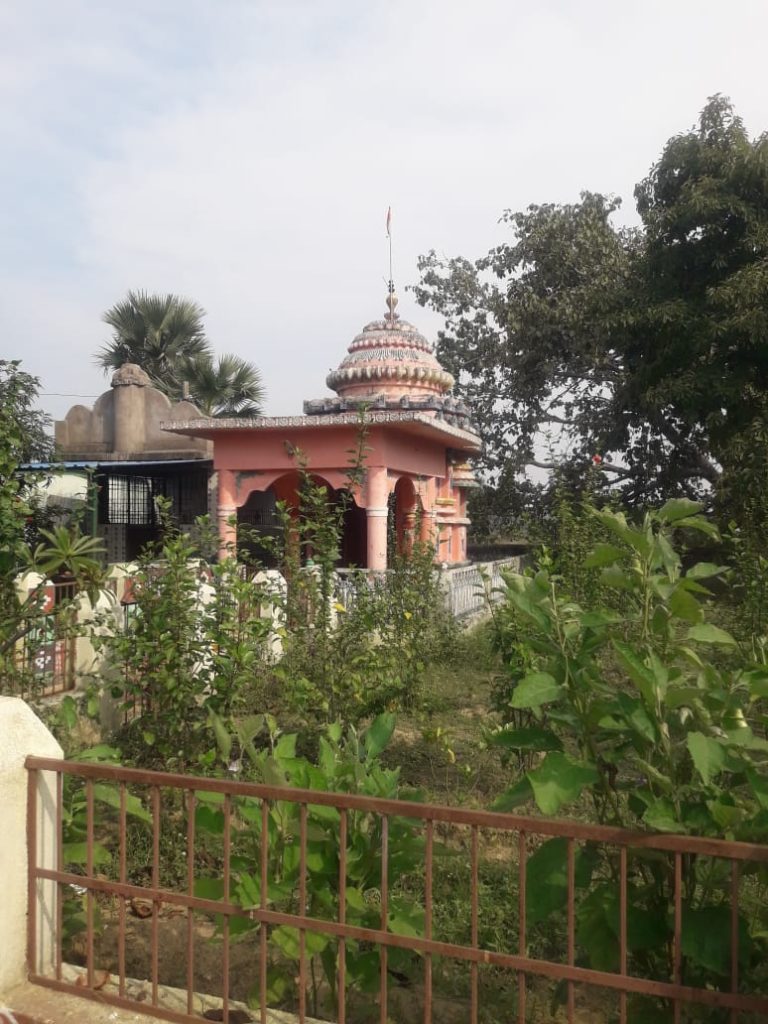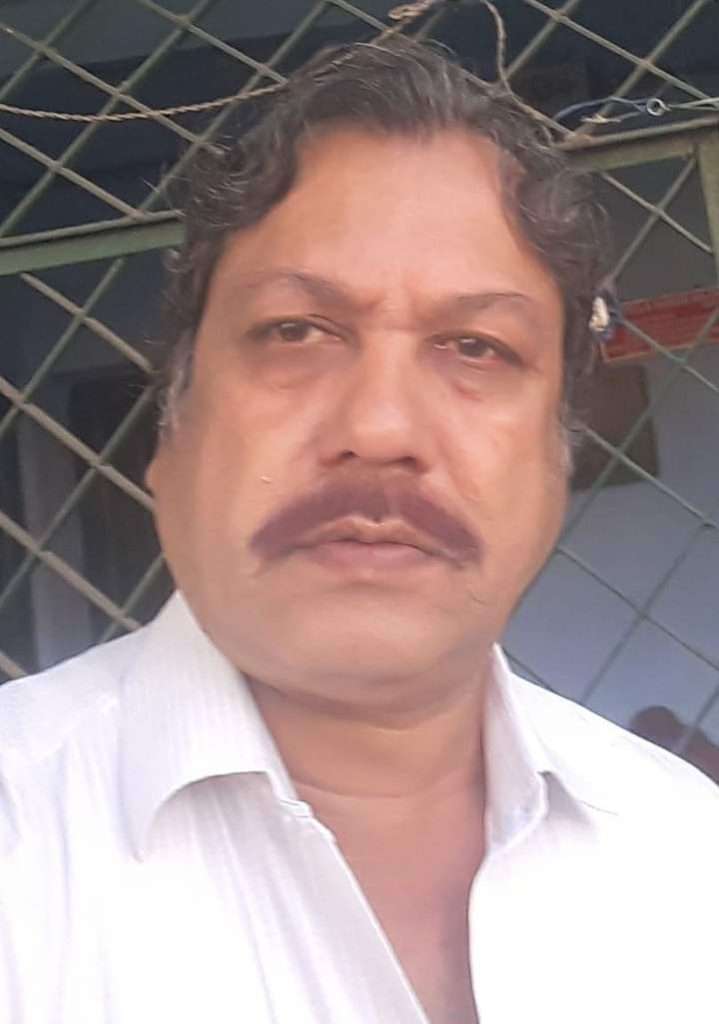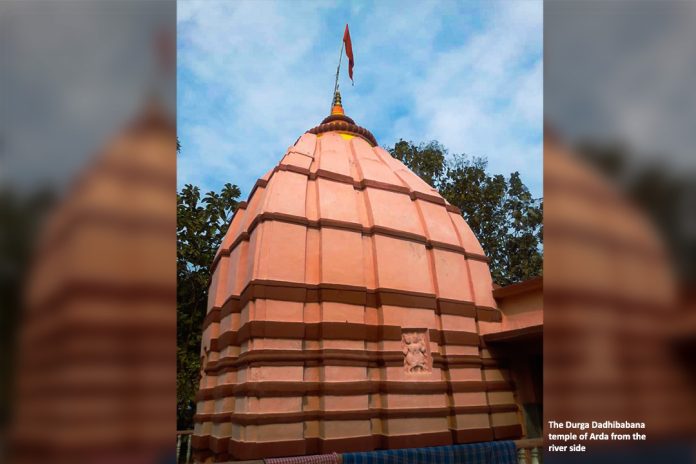India is a burning example of unity in diversity. A myriad of castes, creeds, colours, languages, races and religions have been unified on her soil. Religions like Hinduism, Jainism and Buddhism have originated and flourished here since ancient times. At the same time, religions like Islam, Christianity and others have also been welcomed on this soil. This was realised even by the Mughal emperor Akbar propounded ‘Din-i- Ilahi’ so that religious harmony could be maintained in society. He was one of the few emperors who realised the diversity of this great country. There has not only been tolerance towards other religions but within the fold of Hinduism also, several cults have developed with hardly any dispute. From Kashmir to Kanyakumari and from Kamakhya to Dwarika everywhere there are temples dedicated to Lord Vishnu, Lord Shiva, Devi, Lord Ganesh, Lord Hanuman and others and it is seen that one can be the a devotee of all the said deities at the same time.
Like India Odisha and western Odisha are holy lands and do not deviate from the Indian mainstream. Over here there are temples not only dedicated to different deities but different deities are also worshipped in the same temple. The Lingaraj temple in Bhubaneswar, the Harishankar Peetha in the district of Bolangir and Gandharadi in the district of Boudh are examples of the Harihara culture where Lord Vishnu as Hari and Lord Shiva as Hara get worshipped in the same place. These are burning examples of how the two cults, Vaishnava and Shaiva can come together and attract devotees from both cults.

In Sambalpur, Sonepur and other towns of western Odisha existence of different temples within the same fold of Hinduism and the peaceful coexistence of the diverse cults are surprising and set an example for the Indian mainstream. Approximately twenty kilometres from the city of Sambalpur there is a unique temple in the village of Arda which sets yet another example. On the Sambalpur-Sonepur highway from Sahaspur, there is a motorable road up to the temple via the village of Arda.
The temple is unique in that it houses the idols of Devi Durga and Lord Jagannath as Dadhibabana. The temple is small and built in the style of temple architecture of the area. There is a Garuda Stambha in front of the temple symbolising the Vaishnava tradition. It is believed that Devi Durga was the original deity over here and later Lord Jagannath was installed as Dadhibabana. The temple is situated on one bank of the rivers Mahanadi and Chiplima and the Chiplima hydro-power project are on the other bank.
The temple complex is calm and quiet and there are trees around providing shade to the devotees and visitors. There is a Hanuman temple, a playing ground for children, a Mandap for Pooja and religious programmes and a kitchen to prepare ‘prasad’ on different occasions in the temple premises. Both Devi Durga and Lord Dadhibabana is held in high esteem by the people of the area. It is believed that Devi Durga has miraculous powers, fulfils the desires of devotees and prefers cleanliness around.

Since the temple is the meeting place of two cults festivals associated with both deities are solemnised over here. Rathyatra and Dussehra are celebrated in addition to the other religious programmes round the year. Devotees flock to the sacred Peetha not only from nearby villages but also from far-off areas. The Durga Dadhibabana temple sets a unique example being the meeting point of two cults and there may be very few examples in the whole country for such a place of worship. The amalgamation of cults within the Hindu fold is appreciable.
In the Mahabharata era, Subhadra was the sister of Srikrishna and in Kaliyuga She sits by Lord Jagannath as His sister and as Jagatjanani. Jagannath and Srikrishna are the same. In the Puranas also Lord Vishnu is often seen addressing Parvati as a sister who in turn represents all the Devis. The equations are really interesting and have been sustaining the Hindu fold and tradition since time immemorial. The Durga Dadhibabana temple of Arda represents the great Indian tradition.
(The views expressed are the writer’s own)

Mr. Prafulla Kumar Majhi,
Retired Asst. Director, A. I. R, is an eminent Scholar and freelance writer in English & Odia. His areas of interests are sociocultural, economic, literary, historical and analytical studies and writings.

